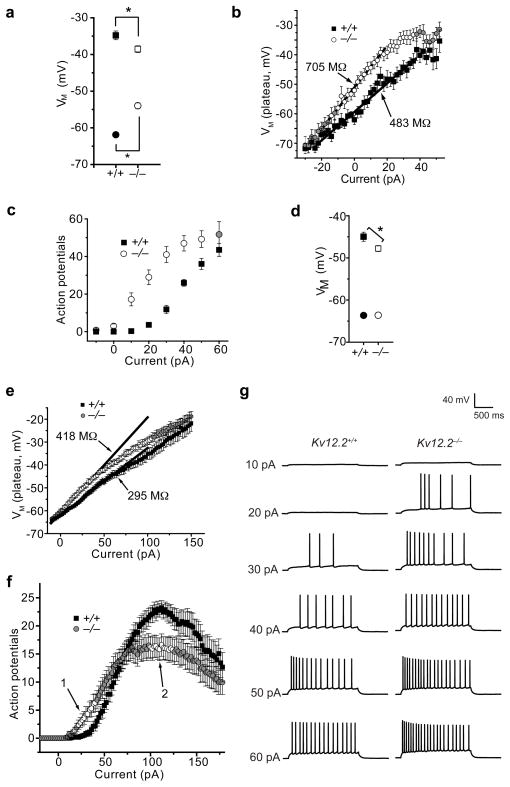Figure 1. Kv12.2−/− neurons are hyperexcitable.
(a–c) Comparisons of excitability and K+ currents in hippocampal pyramidal neurons cultured at P2 from Kv12.2−/− and Kv12.2+/+ mice. (a) Resting membrane potential (circles) and action potential threshold (squares) for Kv12.2−/− and Kv12.2+/+ neurons; asterisks indicate significant difference. (b) Input resistance calculated from plateau voltages elicited by current injections for Kv12.2−− and Kv12.2+/+ neurons. Values are derived from linear fits (lines) and significant difference is indicated with open symbols. (c) Number of action potentials elicited during 2 s current injections for Kv12.2−/− and Kv12.2+/+ neurons; significant difference is indicated with open symbols. (d–g) Comparison of excitability in Kv12.2−/− and Kv12.2+/+ CA1 pyramidal neurons recorded in acute slices taken from 8–9 week old animals: (d) resting membrane potential (circles) and action potential threshold (squares), (e) input resistance calculated from plateau voltages observed during 2 s current injections as in (b), (f) number of action potentials recorded during 2 s current injections, and (g) example voltage traces elicited by current injection. Asterisks (d) or open symbols (e,f) indicate significant difference. Values given in (a–f) are mean ± s.e.m. (n = 16–73); we used p < 0.05 as the threshold for significance.

